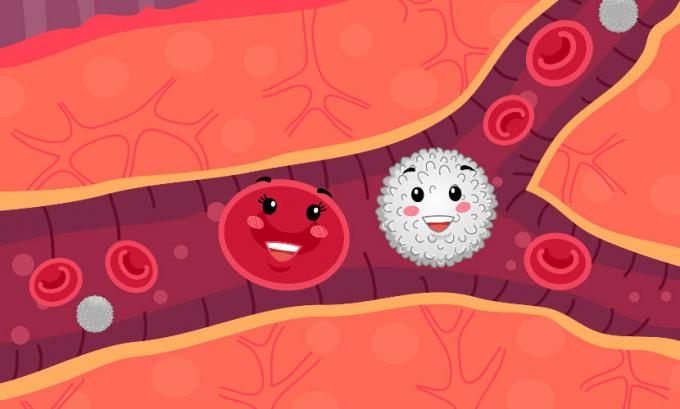Did you know that there is a special type of water that is used, among other applications, in the preparation of medicines to avoid contamination? it is about the distilled water, that is, the water that goes through the process of simple distillation and does not have any substance dissolved in it, being considered, therefore, a pure material. Let's understand this process in more detail?
To carry out the water distillation, we use a distiller. The following equipment is part of the distiller:
bunsen burner (equipment that produces fire to heat the mixture);
iron tripod (equipment to support the distillation flask);
asbestos screen (equipment that absorbs part of the heat coming from the bunsen nozzle to prevent the distillation flask from bursting);
distillation flask (equipment where the mixture is placed);
condenser (equipment that transforms water in the form of vapor into liquid water);
thermometer (equipment that controls temperature to prevent overheating);
beaker or erlenmeyer (equipment that is used to collect water in liquid form).

To produce distilled water, the mixture (river water, for example) is initially placed in the distillation flask. Then turn on the bunsen nozzle so that the Mix be heated. With heat, the water present in the mixture is transformed into steam. As the upper outlet of the distillation flask is sealed by a stopper, water vapor must enter the interior of the condenser. When passing through the condenser, the water vapor changes back to liquid water (condensation) and falls into the Erlenmeyer or beaker that was placed at the outlet of the condenser.
When analyzing the water distillation process, we realized that it is pure water because all the other substances present in the mixture remain in the flask after heating. Due to the purity that distilled water presents, it is used not only in the production of medicines, but also in several experiments within a laboratory.
By Me. Diogo Lopes Dias



